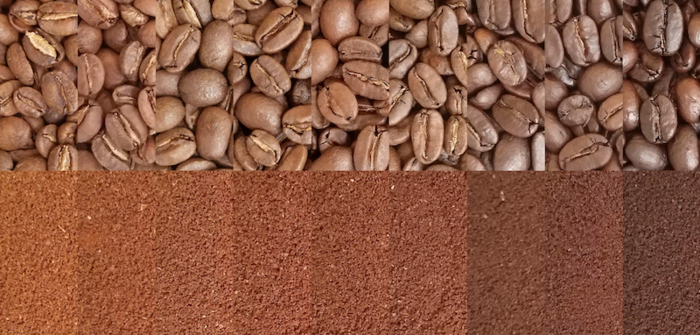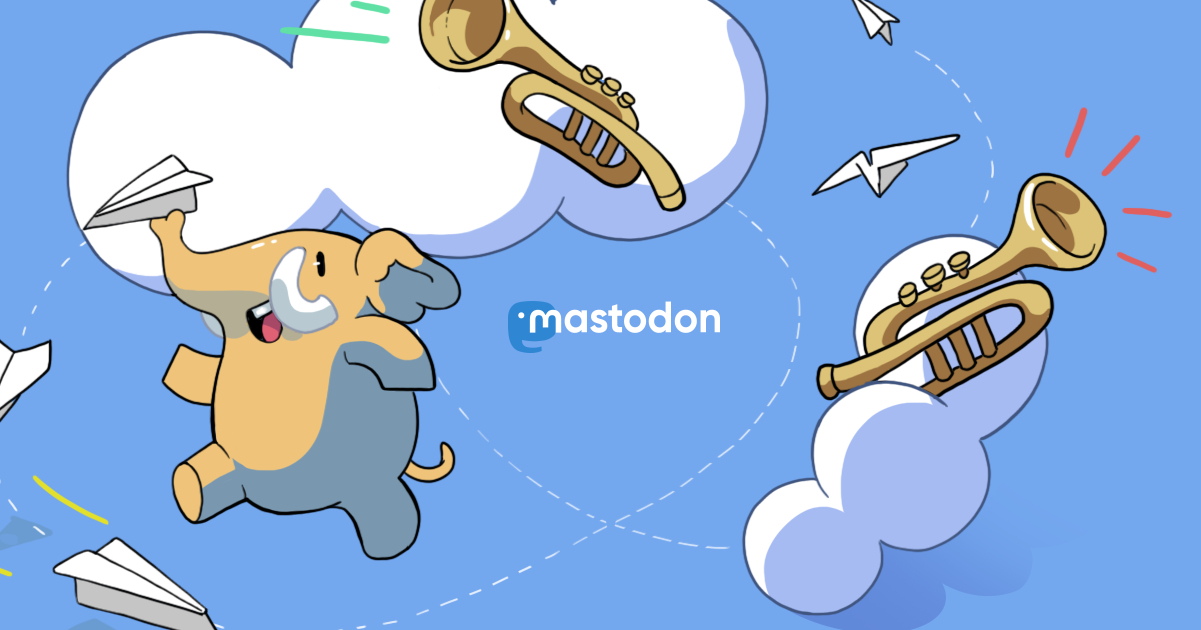
Finished my online workshop. I think it went really well but I'll see how everybody's feedback forms turn out. One thing that was interesting here is that for the 10 roasts that students tasted there was no consensus on what their favorite was, with the exception that nobody picked D-1 or D-2 (the things between my start of 2nd crack medium roasts and my not quite out to a French Roast) as their favorites. The cat was good throughout. So, I'll be doing this again next month.
Cat supplies acquired. Today's odd grocery stocking? Peanut butter is mostly just in small bottles. Maybe they've got the same problem I'm having at the shop. My bottle supplier doesn't have bottles so I'm sold out of half gallon chai for probably a few weeks. I can still sell quarts until my existing stock of those run out, but if the bottle supply doesn't recover I might have to start selling people gallons which are normally reserved for businesses.
This is how the batch with the highest mass loss ended up looking. The numbers in the notes hanging off the graph are all generated directly from the underlying roasting data. Measurements in the table are mostly interpolated since it's rare to get measurements exactly on the second. They end up based on 2 measurements less than half a second on either side, so not much difference compared with taking either the previous or next measurement.
The custom program is a C++/QML mash up and I tweaked that to also output to the console the LaTeX table so I could just copy/paste that.
Sent everybody the roasting data for the workshop I'm teaching online on Friday. What I did with that is I took the data logged in Typica, loaded that into a custom program that gives me a more flexible graph that I can programatically annotate as seen in many of my videos. Save a PNG of the marked up graph, use XeLaTeX to arrange the name of the batch, percent mass loss, the graph, and a table showing time/temp/rate every 30 seconds (plus the last measurement).
Decided to take a look at what other shops were selling the coffee I'm currently tasting for and wow, it's all over the place. The first four roasters I checked had prices (different bag sizes, adjusted to per pound rates) ranging from $18.50 for something that's way too light (opinion) for this coffee up through $40, which seems a bit insane given that I know what they're paying for this. I won't be pricing it the cheapest, but it'll be on the lower side of that range for both medium and dark.
The new coffees from Yemen and Java along with Mocha Java Blend are now available to buy on the web site. Hopefully I'll be able to add the new coffee from Costa Rica tomorrow.
- Software
- https://typica.us
- Send Money
- https://typica.us/payment.html
Author of Typica software for coffee roasters.
